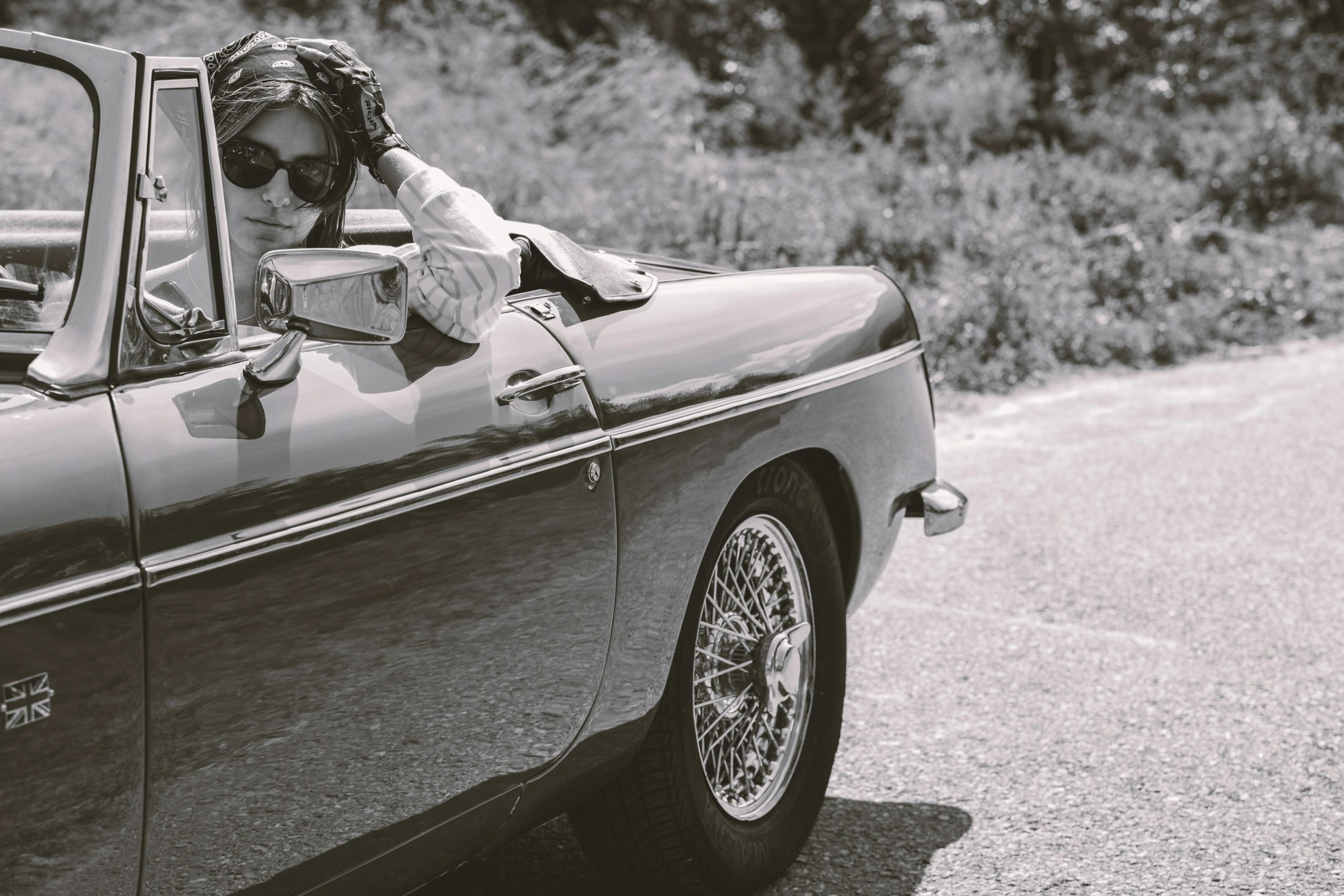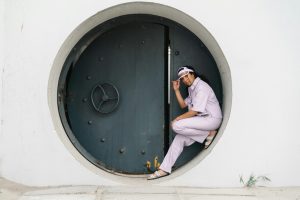New approaches to luxury drive fashion storytelling innovation
Fashion and luxury have always been closely intertwined, with the latter often driving the trends and narrative surrounding the former. In recent years, the rise of technology and social media has revolutionized the fashion industry, forcing brands to adapt and find new ways to tell their stories. With the increasing demand for transparency and authenticity, luxury brands are now turning towards innovative approaches to fashion storytelling. In this article, we will explore some of the new strategies being employed by luxury brands to drive fashion storytelling innovation.
The Power of Personalization
In today’s digital age, consumers are looking for more personalized and authentic experiences. Luxury brands have started to embrace this by creating personalized narratives that cater to the interests and needs of their target audience. One notable example is Burberry’s “Art of the Trench” campaign, which invited customers to share their own photos wearing Burberry’s iconic trench coat. This not only allowed customers to feel more connected to the brand, but also created a diverse and inclusive visual narrative.
Using Virtual Reality
The use of virtual reality (VR) has been on the rise in recent years, and luxury brands have started to incorporate it into their fashion storytelling. VR allows consumers to immerse themselves in the brand’s world, giving them a more interactive experience. For example, in 2018, Dior launched a virtual reality experience, “Dior Eyes,” which gave consumers a 360-degree behind-the-scenes look at the brand’s runway show. This approach not only creates a unique and memorable experience for consumers but also aligns with the brand’s image of being at the forefront of technology and innovation.
Collaborating with Influencers
Social media influencers have become a powerful force in the fashion industry, with their ability to reach a vast audience and influence their purchasing decisions. Luxury brands have started to collaborate with influencers to tell their stories in a more organic and relatable way. For example, Louis Vuitton partnered with YouTuber, Emma Chamberlain, to create a series of videos showcasing the brand’s Fall/Winter collection. This not only attracts a younger audience but also adds a personal touch to the brand’s storytelling.
Fashion Films and Documentaries
Gone are the days when fashion shows were the only way for brands to showcase their collection. Today, luxury brands are turning towards fashion films and documentaries to tell a more in-depth and intimate story about their brand and the creative process behind the collections. For instance, Gucci released a mini-series, “Ouverture of Something That Never Ended,” co-directed by Alessandro Michele, which gave viewers a glimpse into the behind-the-scenes world of the brand.
The Rise of Sustainability
Sustainability has become a crucial aspect of fashion, with consumers becoming more conscious of the environmental and social impact of their purchases. Luxury brands are now incorporating sustainability into their storytelling, highlighting their efforts in creating a more sustainable and ethical industry. Stella McCartney, a pioneer in sustainable luxury, has been using her platform to advocate for environmental and social issues, making sustainability a core part of the brand’s narrative.
Interactive Experiences
With the rise of experiential retail, luxury brands have started to create interactive experiences that go beyond traditional shopping. These experiences not only provide entertainment but also allow consumers to connect with the brand and its story. For example, in 2017, Fendi collaborated with artist Joshua Vides to create an interactive pop-up installation, “F is for…Fendi,” where visitors could explore the brand’s history and interact with various installations.
In conclusion, luxury brands are embracing new approaches to fashion storytelling, incorporating technology, personalization, collaboration, and sustainability into their narratives. These strategies not only create a more engaging and authentic experience for consumers but also showcase the brand’s values and vision. As technology continues to evolve, it will be interesting to see how luxury brands will continue to innovate their storytelling and stay ahead of the curve.










